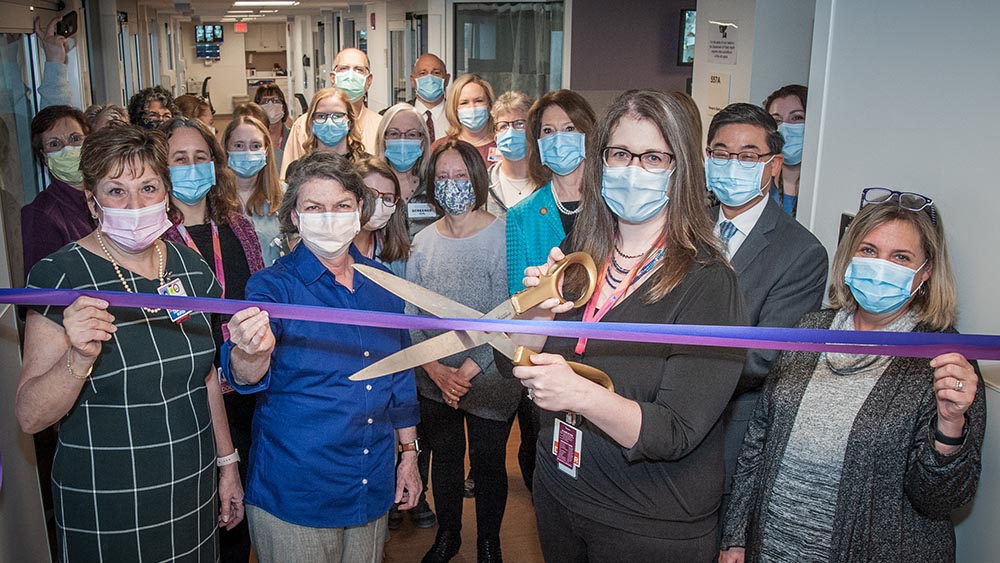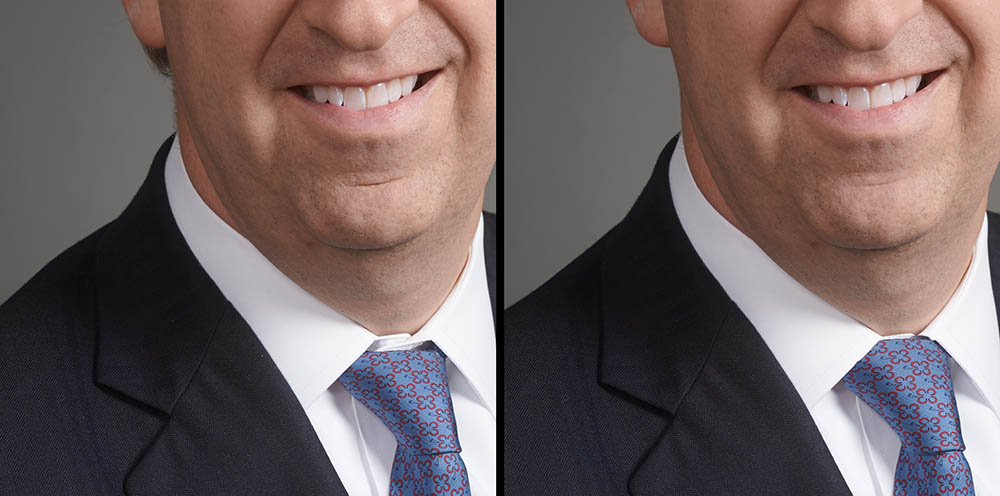Client Specifications
Please note that this article is directed at corporate clients. We’re accustomed to getting a tight layout from advertising agencies. We are less likely to interact with a creative director in the day-to-day interactions with corporate marketing and practice development professionals.
This topic is on my mind because this year we had one client unhappy over an apparent misunderstanding about who was supposed to silhouette the subject (the client or the photographer), one new client who didn’t have a clear idea of what would best suit their various needs, one client for whom the background brightness and color specification turned out to be exact and inflexible, and one new-ish client who asked to have revised files because they neglected to mention that their primary presentation is a circular crop.
FayFoto Boston takes pains to provide images which meet client needs. Almost none of our clients need the same thing, so today I’m thinking about how those requirements can be developed and communicated.
Matching or Developing a Style Spec
What do you need from your photographer? At FayFoto Boston this matters, because we’re in the business of giving you what you need. If you know your requirements in concrete terms, and can communicate that to your photographer, the odd are better that you’ll get what you need on the first try.
Long ago in the days of film…
…when a 5×7 black and white print was ubiquitous (at least for business headshot portraits), things were less complicated.
In today’s digital era, with so much marketing taking place on the internet and with every website striving to be at least a little bit unique, conventions don’t exist like they used to.
If I’m expecting you to use a portrait as a traditional vertical rectangle, cropping a bit into the shoulders, but your design presents bio photos in a circle (or, even more unexpected, a horizontal rectangle), what I send you might not be ideal unless you tell me in advance.
How does a client convey specifications to a photographer?
The information our clients provide comes in various ways.
- Sometimes we’re provided with a detailed specification in the form of a PDF document developed by the client’s creative department. (One of our clients, bless them, took this up a notch by providing a clear cropping guide in the form of a Photoshop file, including clear guides for head size and placement. Amazing.)
- Sometimes we’re shown an image to match, or a URL to reference.
- Sometimes we’re asked to make a recommendation.
If you are a new contact, reaching out to FayFoto Boston for the first time, expect to be asked what you need for a final product. If you don’t know, see if you can find who does. Failing that, we have some generic defaults.
Generic vs. Specific
If we aren’t given any specifications, our default for a business headshot portrait is to photograph the subject against a charcoal gray background, and send a JPEG file saved as a vertical rectangle at 4×6 inches at 300 dpi. That default works well for general PR usage but…
- unless you have someone in-house who can resize an image, that’s quite large for a web page,
- gray might not match preexisting portraits on your website, and
- a vertical rectangle might not be the ideal shape. Why? Because if it turns out you need a square (or a circle) and we have cropped to a nice vertical rectangle, the rectangular crop might not leave you with enough room on the sides to get a comfortable square crop.
Providing Multiple Versions
It’s not at all uncommon for our clients to request multiple versions of each finished image. For example, we might provide a square crop for a LinkedIn profile, another version for a web bio page and a third for print and press releases. We can give you just about anything you need if we know what that is, preferably before taking the pictures!
FayFoto Boston will help develop a spec if your marketing department doesn’t have one
Here’s a bit of reality: every client has a specification, even if our direct contact doesn’t know what that is.
It saves everyone time if you can clearly communicate your needs for final product in advance, before the photo session.
Absent a clear specification, we are more than happy to make suggestions. Here’s one example we proposed to a new client. For each selected image, we will provide the following variations:
- 500px square for LinkedIn, “LastName_FirstName-linkedin”
- 200x300px for web use, “LastName_FirstName-web”
- 4”x6” at print resolution for press releases and media distribution, “LastName_FirstName-print”
Bottom Line
In order to get what you need from your photographer most efficiently it’s critical that you share your requirements clearly. And if you don’t have requirements, ask your photographer for recommendations or live with that photographer’s best guess. If your business is in the metropolitan-Boston area and you need portraits of your team, we invite you to get in touch. We know this discipline, and we’re happy to provide you with exactly what you need!

 Although receiving our vaccinations is a huge milestone for us personally, masks and hand sanitizer aren’t a thing of the past. Please be assured that that client safety continues to be very important to the FayFoto Boston team. Although we have safely completed numerous assignments in the last year, we will continue to respect and abide by our clients’ specific protocols.
Although receiving our vaccinations is a huge milestone for us personally, masks and hand sanitizer aren’t a thing of the past. Please be assured that that client safety continues to be very important to the FayFoto Boston team. Although we have safely completed numerous assignments in the last year, we will continue to respect and abide by our clients’ specific protocols.










